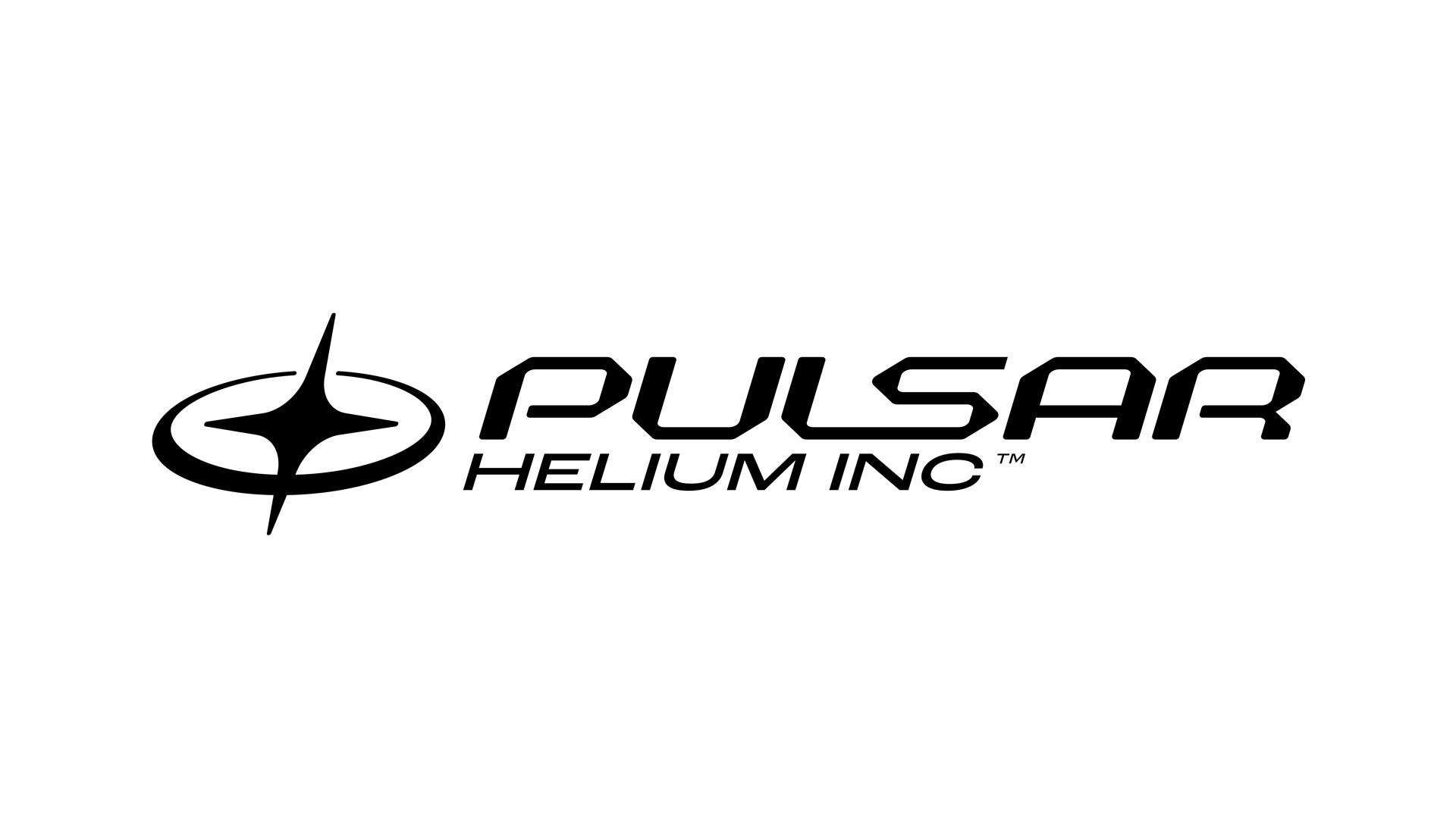Pulsar Helium Inc. is a dedicated helium explorer and developer, aiming to provide the healthcare sector with a reliable source of helium.
In the USA alone, there are approximately 12,000 Magnetic Resonance Imaging (MRI) scanners, with each unit utilising 1,700 litres of liquid helium on average. If all were to be filled, this figure alone accounts for approximately 10% of annual helium production. Hence, helium’s importance to the medical industry. This is an element that is suffering from a prolonged supply shortage at a time when MRI scanner uptake is forecast to grow at 5.5% per annum.
Pulsar Helium Inc exists to commercialise helium for the benefit of the healthcare industry, and other industries including aerospace, technology and leak detection. Typically associated with its use in balloons, the critical role of helium in modern technology is often overlooked.
Pulsar is a private company registered in British Columbia, Canada but intends to list on the TSX Venture Exchange in 2023. Canada was chosen due to Pulsar’s assets being in North America, and the number of helium peer companies that are also listed there.
Prioritising primary helium projects
Pulsar is a dedicated explorer and developer of helium projects, focussing on assets where the primary economic driver is helium, meaning it is not a by-product and not associated with significant hydrocarbons. It is worth noting that helium occurs naturally in the ground and can be brought to surface using conventional drilling techniques.
Pulsar’s wholly owned Topaz helium project in Minnesota (USA) is one of the most high-grade primary helium occurrences, flowing gas with a 10.5% helium content. To put this into perspective, helium concentrations of 1% or greater are considered high. Pulsar intends to fast track this discovery to determine its viability as a new source of helium production. In addition, Pulsar has a growth project in Greenland, where all requisite geological conditions are present for the development of a helium system.
Currently, the world’s largest primary helium source is the U.S. National Helium Reserve in Texas which is in decline and will be depleted in the next few years. As a result, supply is dependent on sources where helium is a by-product of natural gas production with no flexibility to increase output.
With the U.S. National Helium Reserve closing, the ability to provide helium to the world is diminished. However, for the team at Pulsar, this is the perfect opportunity to advance their North American assets.
Pulsar is an expert at identifying prime locations where primary helium naturally occurs. The projects in Minnesota and Greenland are perfect examples of this.









